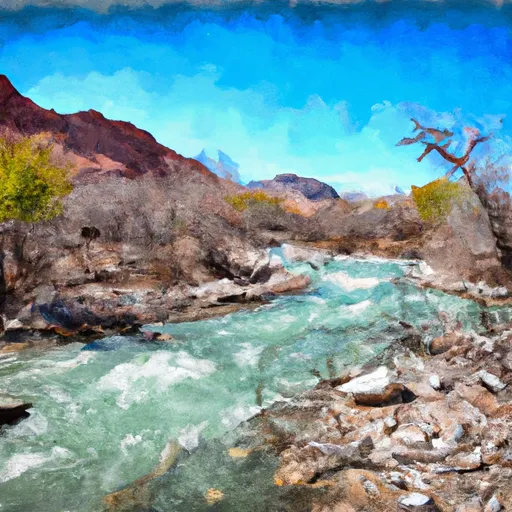Summary
Total streamflow across the
Duchesne River
was last observed at
91
cfs, and is expected to yield approximately
181
acre-ft of water today; about 39%
of normal.
River levels are low and may signify a drought.
Average streamflow for this time of year is
231 cfs,
with recent peaks last observed
on
2011-07-02 when daily discharge volume was observed at
22,840 cfs.
Maximum discharge along the river is currently at the
Duchesne River Near Tabiona
reporting a streamflow rate of 91.1 cfs.
However, the streamgauge with the highest stage along the river is the
Duchesne River Near Randlett
with a gauge stage of 5.13 ft.
This river is monitored from 4 different streamgauging stations along the Duchesne River, the highest being situated at an altitude of 6,197 ft, the
Duchesne River Near Tabiona.
River Details
| Last Updated | 2025-12-26 |
| Discharge Volume | 181 ACRE-FT |
| Streamflow |
91.1 cfs
+21.1 cfs (+30.14%) |
| Percent of Normal | 39.47% |
| Maximum |
22,840.0 cfs
2011-07-02 |
| Seasonal Avg | 231 cfs |
River Streamflow Levels
| Streamgauge | Streamflow | Gauge Stage | 24hr Change (%) | % Normal | Minimum (cfs) | Maximum (cfs) | Air Temp | Elevation |
|---|---|---|---|---|---|---|---|---|
|
Duchesne River Near Tabiona
USGS 09277500 |
91 cfs | 1.05 ft | -7.41 | |||||
|
Duchesne River At Myton
USGS 09295000 |
61 cfs | 2.92 ft | -4.92 | |||||
|
Duchesne R Ab Uinta R Near Randlett
USGS 09295100 |
53 cfs | 2.95 ft | -40.2 | |||||
|
Duchesne River Near Randlett
USGS 09302000 |
74 cfs | 5.13 ft | -38.14 |
Seasonal Discharge Comparison
Maximum Streamflow Discharge
Streamflow Elevation Profile
The Duchesne River ( doo-SHAYN), located in the Uintah Basin region of Utah in the western United States, is a tributary of the Green River. The watershed of the river covers the Northeastern corner of Utah. The Duchesne River is 115 miles (185 km) long, and drains a total land area of 3,790 square miles (9,800 km2).

 Source To Mouth
Source To Mouth
 Alsop Lake And Norice Lake To Near Trailhead
Alsop Lake And Norice Lake To Near Trailhead
 Source To Wilderness Boundary
Source To Wilderness Boundary
 Source To Confluence With East Fork Bear
Source To Confluence With East Fork Bear
 Upper Provo Falls
Upper Provo Falls
 Upper Slate Gorge
Upper Slate Gorge
 Packard Lake
Packard Lake
 Amethyst Lake
Amethyst Lake
 Kermsuh Lake
Kermsuh Lake
 Bedground Lake
Bedground Lake
 Butterfly Lake
Butterfly Lake